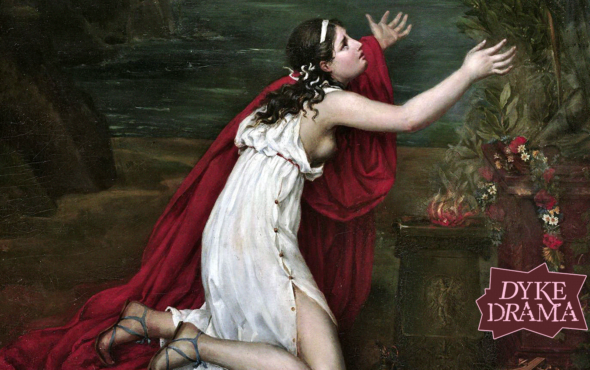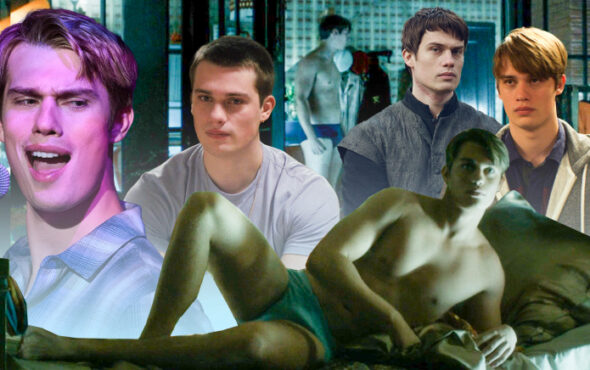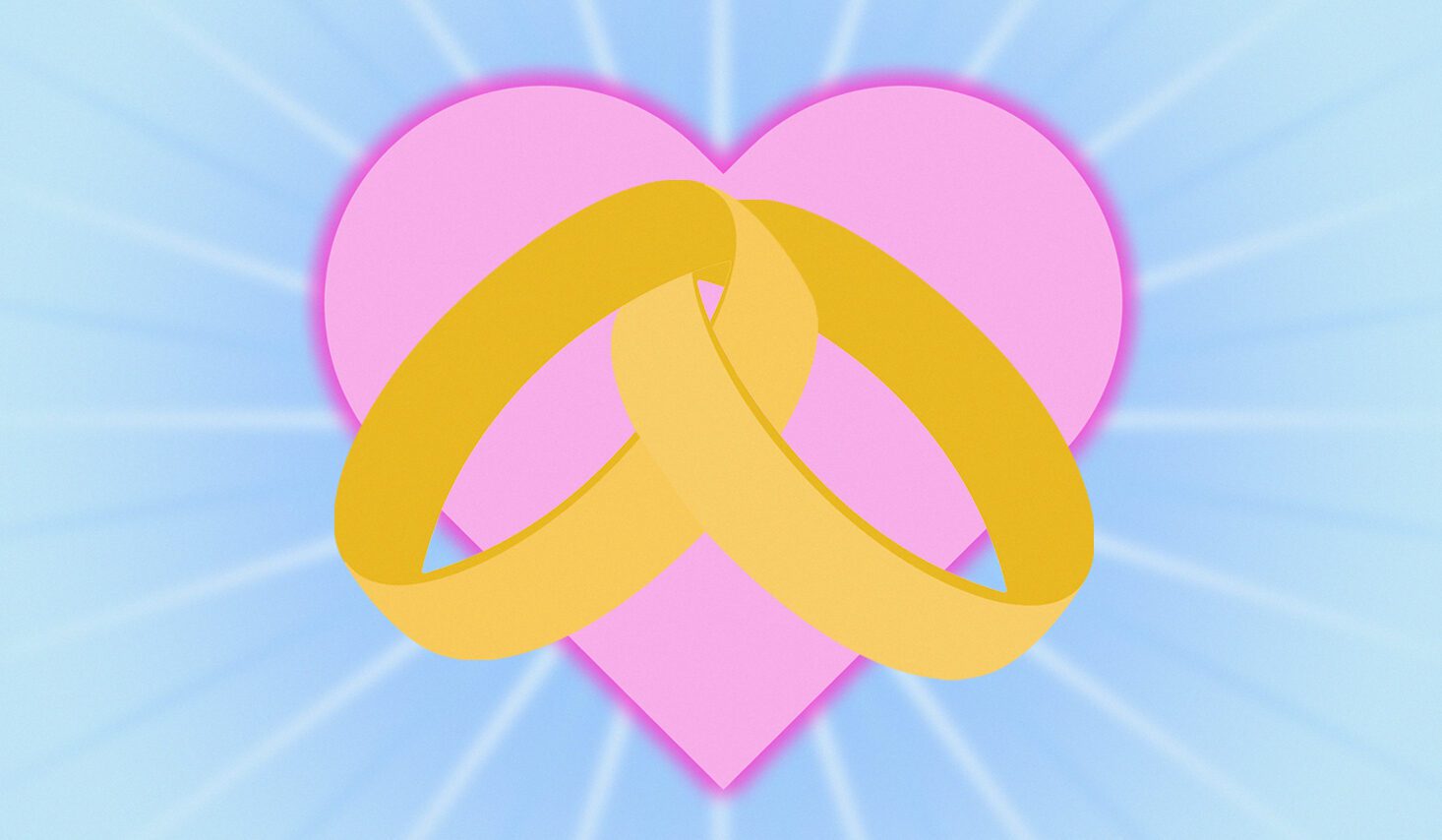
This July will mark a decade since Parliament passed the Marriage (Same-Sex Couples) Act in 2013 — opening up the possibility of marriage between same-sex couples in England and Wales.
Between 2014 and 2019 (the last time the National Office of Statistics released data on this topic) there were 38,947 recorded same-sex marriages. As a result, at least 77,894 queer people in the UK have exercised their right to celebrate their love in the socially-sanctioned act of marriage. But, this progress wasn’t achieved overnight. Instead, it’s important to be aware of the battle that it took to get to that point.
While this landmark ruling was a major milestone, it wasn’t freely given. In fact, it only came after years of campaigning by groups such as Equal Love, founded by Gay Liberation Front activist Peter Tatchell. These efforts were fiercely opposed by Christian lobby groups like Coalition for Marriage, who gained 650,000 signatures on a petition saying; “I support the legal definition of marriage which is the voluntary union for life of one man and one woman to the exclusion of all others. I oppose any attempt to redefine it.”
Yet this is far from the whole story. For starters, this timeline doesn’t include Scotland (who gained marriage equality in 2014) or Northern Ireland, who weren’t able to pass this measure until 2020. And when we start digging, it becomes clear that the history of same-sex marriage significantly predates the decade it’s been legal in the UK and expands far beyond the realities of our tiny island.
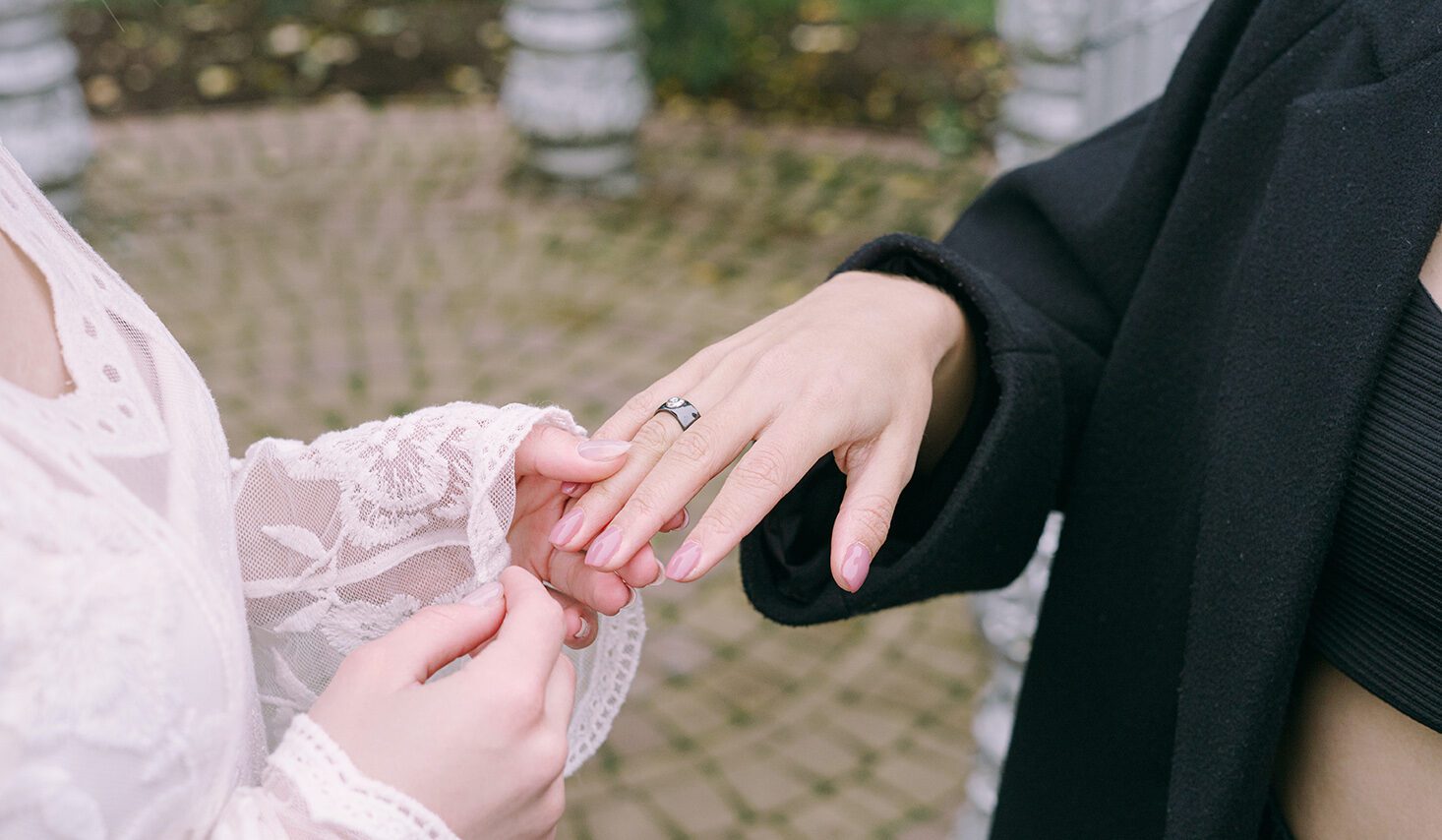
A bigger story
The history of legal queer marriage is only just being written, but the struggle for its institutional recognition was decades in the making.
In terms of legislation, it all dates back to 2000 when Queen Beatrix of the Netherlands signed into law the first-ever legal recognition of same-sex marriage which was followed by Belgium’s King Albert II in 2003. And from there, a domino effect began, which saw Spain and Canada make similar moves in 2005, then South Africa in 2006, Norway in 2008, Sweden and Mexico City in 2009. Throughout the 2010s, the pace began to pick up. In Europe, countries like Ireland, Germany, France, Portugal, Iceland and Denmark all passed bills legalising same-sex marriage – and so did New Zealand, Australia and various Latin American countries like Argentina, Uruguay and Brazil.
However, it hasn’t been a case of simple, uncontested progress – there were many complications, too. Such is the case of the United States, where same-sex marriage became a ferociously contested issue. Calls for marriage equality began in the 1990s, with access to civil unions for LGBTQ+ couples but same-sex marriages were rebuffed at a federal level: the Defense of Marriage Act (DOMA) was signed into law in 1996 and legally defined marriage as between a man and a woman. This meant that states could easily strike down moves to progress the same-sex marriage agenda – but progress on a state by state basis began with Massachusetts, which legalised same-sex marriage via a court ruling in 2003.
The lack of federal protection meant that hard-won advancements could be easily lost – as is the case with the state of California. Californian marriage equality was briefly achieved in 2008 – only to be reversed in the same year by Proposition 8. This was a state ballot (a referendum submitted to the electorate for direct vote) and was brought forward by so-called “pro-family” campaigners to stop same-sex marriage and to make sure that marriage was defined as between a man and a woman in the California constitution. It took until 2013 for same-sex marriage to be fully reinstated.
In the US, same-sex marriage effectively became a Culture War topic throughout the 2000s and early 2010s – and was said by detractors to supposedly degrade or corrupt the institution of marriage and the concept of family. As we know, history repeats itself and the legislative back-and-forth that was seen not just in California but across the US calls to mind the current ongoing battle around trans rights, where proposed changes to grant further rights to LGBTQ+ minorities are fiercely contested by opposition pressure groups using sensationalistic media scare tactics. In the build-up to the public vote on Proposition 8, anti-LGBTQ+ scare-mongering (sometimes in the form of tv advertising paid for by pressure groups) included the notion that equal marriage would lead to individuals being sued for their beliefs and churches losing tax exemption – things which, 14 years later have not come to pass.
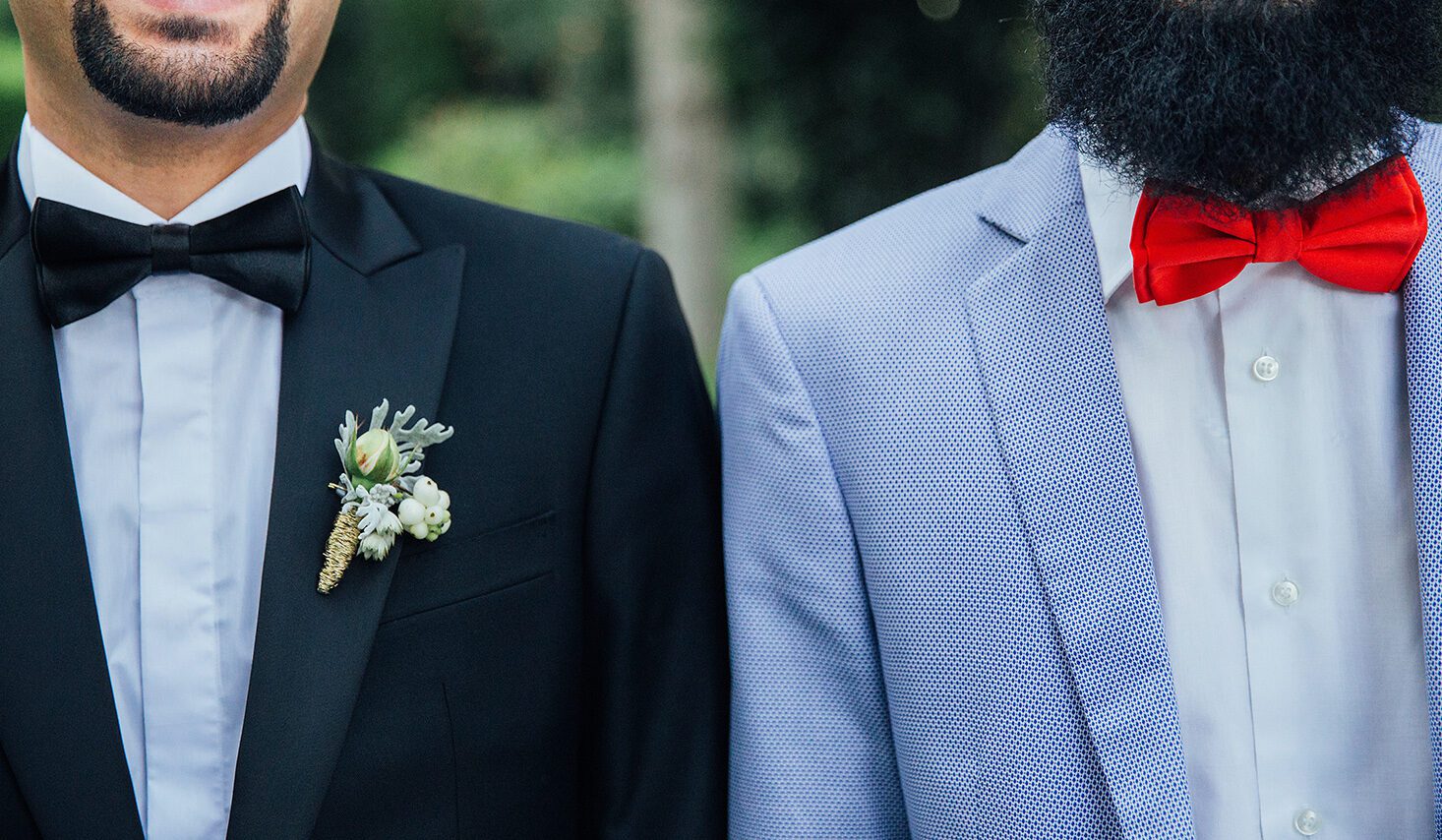
Overlooked histories
Delving into the history of same-sex marriage is so much more than relaying the facts of what happened – it’s also about becoming aware of the tactics used by anti-LGBTQ+ groups to invalidate appeals for queer equality.
Throughout the legal and public opinion battle over same-sex marriage (and indeed any LGBTQ+ issue) calls were made to protect “traditional” family values. We often accept the story that marriage has always been between a cis, straight man and a cis, straight woman who are in love, monogamous and have two cis, straight children. But while we’ve been socially conditioned to accept this as some kind of social fact, there are many historical instances of queer people who have created unions outside the confines of dominant ideas of marriage and normative legislation.
Rachel Hope Cleves is a historian whose work focuses on researching queer history and her research paper, “What, Another Female Husband?”: The Prehistory of Same-Sex Marriage in America, published in the Journal of American History, explores a lesser-known history of queer marriages in the US: from instances of male-passing lesbians (it can’t be known whether these people would identify as gay or lesbian or as trans men or non-binary people, were they alive in today’s world) who married women, to examples where lesbians successfully married and attained marriage certificates listing two female names.
While Cleves’ work focused on the US, we can take greater learnings from the history of same-sex marriage that begins well before the 21st Century. Speaking to her over Zoom, she argues that forms of marriage pre-date the legal definition of marriage that our societies currently hold. That means that it’s not legality that defines marriage, but context. “We know that marriage means more than a set of legal definitions,” she says. “Marriage is a social institution and the legal parameters of that are a subset of the wider social fact of marriage.”
This theory is present in her wider scholarship. Her book Charity and Sylvia: A Same-Sex Marriage in Early America, looks at an instance where two women in the 1800s fell in love, created a home and openly considered themselves married – not only did individuals in their Vermont town also begin to consider them married, they were important figures in the local community. While they were not married in the legal sense, according to a piece of paper, their relationship functioned as a marriage: they had a home, life-long companionship and commitment, and their relationship was recognised as a marriage by their peers.
Over two centuries after Charity and Sylvia found love in Vermont, DOMA was repealed in 2022 and replaced by the Respect for Marriage Act as a way of providing federal protection of same-sex and biracial marriages. While marriage equality is now finally protected in the US, Cleves hopes that that scholarship looking at queer history (and queer marriage) will help to remind those who oppose LGBTQ+ rights that the community has always been here.
“Queer history continues to be important for defeating a whole set of reactionary arguments that imagine same-sex sexuality and gender nonconformity as somehow new, somehow aberrant and some sign of social decline that needs to be redressed by stricter laws,” she says. “As I continue to do research and find abundant, plentiful and rich examples of gender and sexual nonconformity throughout the past, I want to bring them to light to say that some people’s gender or sexuality vary from others: they always have and they will always continue to do so.”
What does this mean?
If you’ve ever watched a historical drama, you know that the idea of love-match marriages – particularly in western culture – is a relatively recent concept. Historically, the institution has served to secure economic and political gains, and create alliances between families to police the biological lineage of children. But now, it’s supposedly about love.
Marriage is changeable because it’s a product of society – something which is always in flux. But the way the institution has changed has impacted how we all – queer or not – have approached relationships. This, at least, is the case according to Professor Matt Cook a professor at Birkbeck, University of London who specialises in the history of sexuality.
“Up until recently, marriage is something you did, it didn’t necessarily say what your sexuality was or who you desired,” says Cook. Of course, when we look at the history books, there are plenty of instances of passionate extramarital affairs – some of them homoerotic in nature. It could be argued that marriage as the defining romantic and sexual attachment of your life, rather than as a formal and legal structure, is a recent invention.
Cook suggests that marriage attained its heightened emotional significance at a much later date. “Marriage changed post-war from being something that was primarily about economic security and having children and by the 60s it was very commonly viewed as about companionship,” explains Cook. “Once marriage becomes about companionship and friendship and love, then you’re pushing the door open to say, ‘Well, why can’t that be between two men or two women?’”
But the decision to open that door can be a difficult one. While some LGBTQ+ individuals dream of wedding their partners, others can have mixed feelings about entering a union which has traditionally excluded them. “God knows the psychological effect of all of the exclusion we have faced, but I think marriage to me was something I wanted and something I hated,” says Tom Rasmussen, a musician, writer and journalist. Rasmussen literally wrote the book on marriage, releasing First Comes Love – a thoughtful and often cynical look at the continuing social relevance of the institution of marriage – in 2021.
It’s interesting, then, that despite this scepticism, Rasmussen married their partner Hugh Wyld in the summer of 2022. What convinced them to take the plunge? Well, they do still believe that marriage is a “useless, pointless construct which does not denote freedoms, equality or justice.” But they have some more positive feelings about it too. “On a personal level, queer love in all its forms is miraculous, happiness is worth honouring and community is worth gathering,” they say.
Focussing on the aspects of marriage which are about celebration and love allows us to hold close to its positive potential while acknowledging some of the historic and current issues. For many, just as it has been for queer people today and across history, same-sex marriage is a process of redefining and reshaping what marriage means and making its definition personal and fitting to them.
But it’s also important to remember that not everyone has marriage equality in the UK – it’s not a problem that has been “sorted”. For non-binary people like Rasmussen, there is currently no legal recognition of their gender, meaning that they can’t be officially married with the correct pronouns. There’s also a continued struggle over Gender Recognition Certificates, which can be difficult to obtain and similarly prevent trans people from being recognised as their true gender on their marriage certificate.
Ultimately, when we look at issues surrounding queer marriages, we see that they are inextricably linked with wider social problems facing the queer community.
So, where do we go from here?
As the anniversary of same-sex marriage in the UK comes around, it’s time to look outwards. There are many countries in the world where same-sex marriage is not an option and where homosexuality is still hugely stigmatised and subject to harsh punishment – even the death penality. But this is not because sexual diversity only exists in the west or because the west is somehow “more progressive”.
Looking back through the ages, there are so many examples of non-heteronormative unions across the continents which exceed western definitions of what is straight and what is queer: from politically influential gay lovers in the Han Dynasty to Motsoalle, the special bonds between Basotho women in Lesotho (often also married to men) that were common in the 1900s.
But during the process of colonisation, Europe imported homophobia and anti-gay attitudes: in fact, many of the anti-LGBTQ+ laws across the world were put in place during the colonial era as a way of imposing European values and erasing different approaches to sexuality and gender. As a result, queer people across the world are denied the same rights that are available in places like the UK.
We can’t overlook or ignore the impact that empire has had on the global queer community: the way it impinges on their freedoms, rights and safety. We can’t even accurately describe or delve into the non-heteronormative traditions of these nations, given the ways that their own cultures were stifled and policed.
So, as part of celebrating the rights that have been won in the UK – such as the right to marry – it’s important that we take a global view, and examine the ways that we can support the battle for LGBTQ+ freedoms in all parts of the world. By listening to queer activists in different countries and amplifying their voices, we can help push the needle internationally so that we will all be free to live and love – and celebrate those unions – however we wish, no matter where we live.

